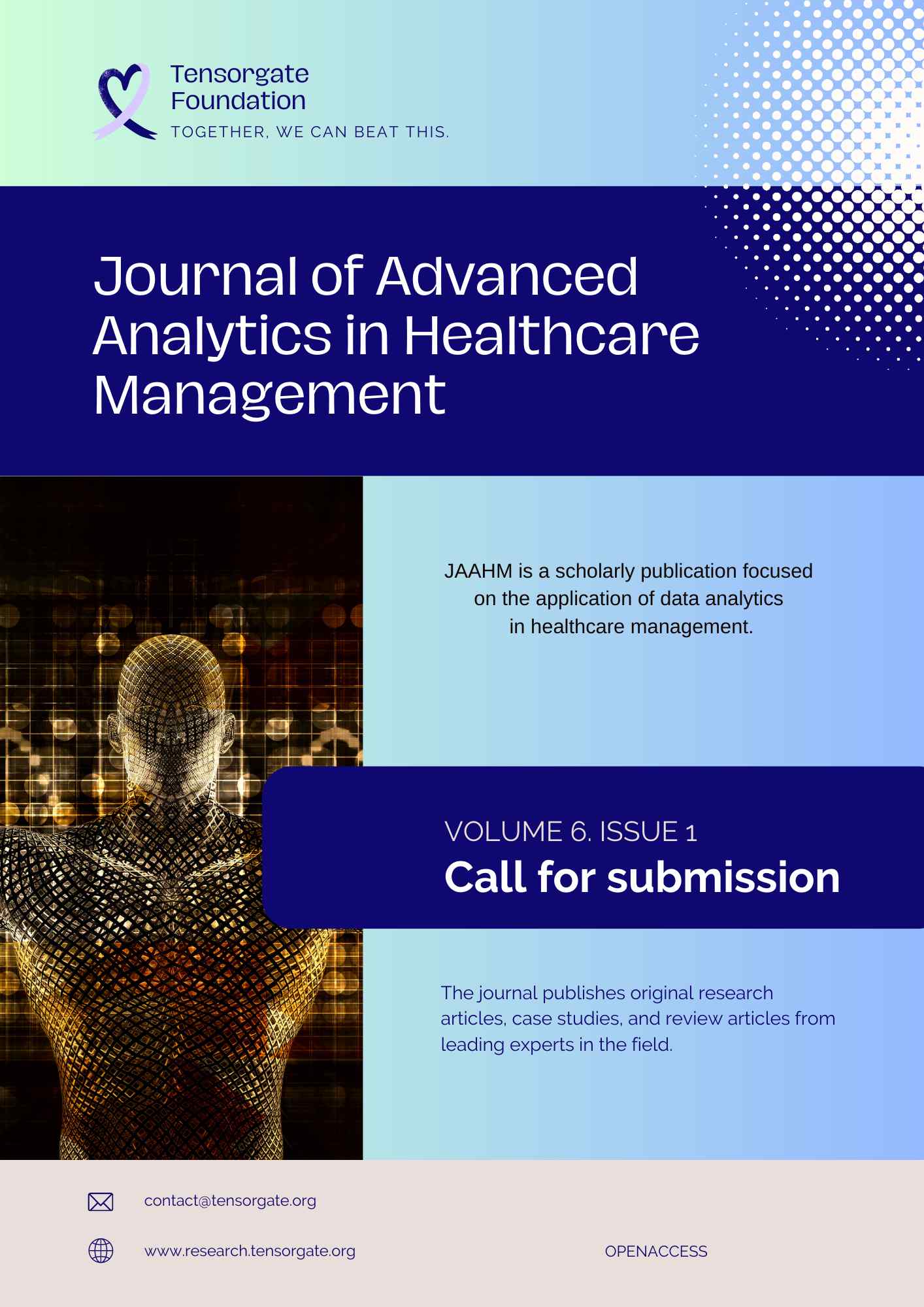Predicting Fetal Health using Cardiotocograms: A Machine Learning Approach
Keywords:
Cardiotocograms (CTGs), Fetal health, Machine learning, Feature selection, PredictionAbstract
Cardiotocograms (CTGs) are widely used in assessing fetal health and preventing child and maternal mortality. This study aims to develop machine learning models for predicting fetal health based on features extracted from CTG exams. The dataset used contains 2126 records, classified by expert obstetricians into three classes: Normal, Suspect, and Pathological. To address the challenges associated with feature selection and class imbalance, univariate feature selection (SelectKBest) and SMOTE RandomOverSampler techniques were employed. Various machine learning algorithms including Logistic Regression, k-Nearest Neighbors (kNN), Support Vector Machines (SVM), Decision Tree, Extra Trees, Random Forest, Gradient Boosting, and Neural Network Multi-Layer Perceptron (NN MLP) were evaluated. The results demonstrate promising performance across multiple metrics. The Random Forest model achieved the highest accuracy (95.77%), recall (95.77%), precision (95.87%), F1-score (95.81%), and MCC score (88.58%). The Extra Trees, Gradient Boosting, and NN MLP models also exhibited strong performance. Furthermore, key factors contributing to the prediction of fetal well-being were identified. These included the rate of accelerations, abnormal short-term and long-term variability of fetal heart rate, as well as the characteristics of the histogram constructed from fetal heart rate values (width, mean, and variance). Additionally, the trend or histogram tendency over time emerged as a significant predictor, capturing changes and patterns associated with potential complications.

